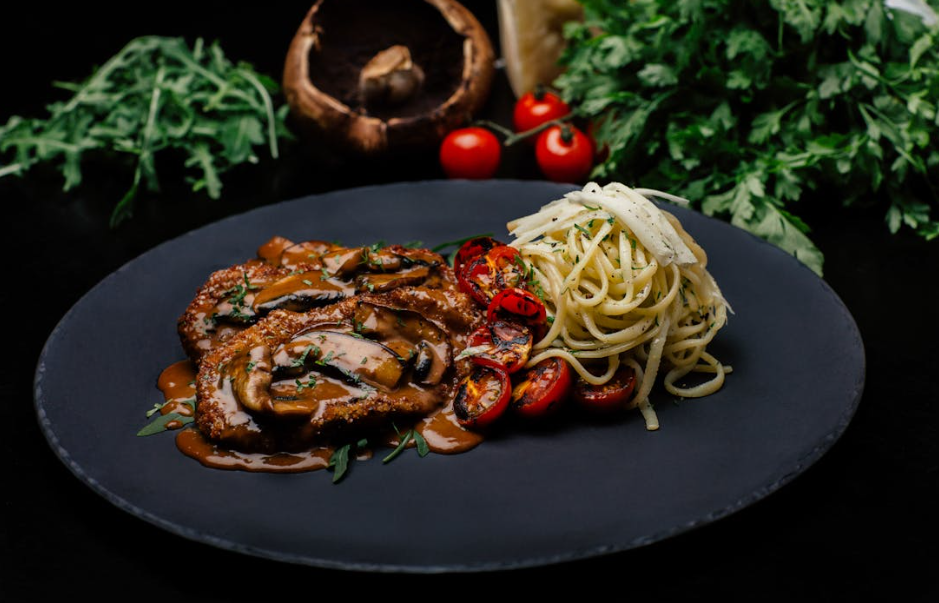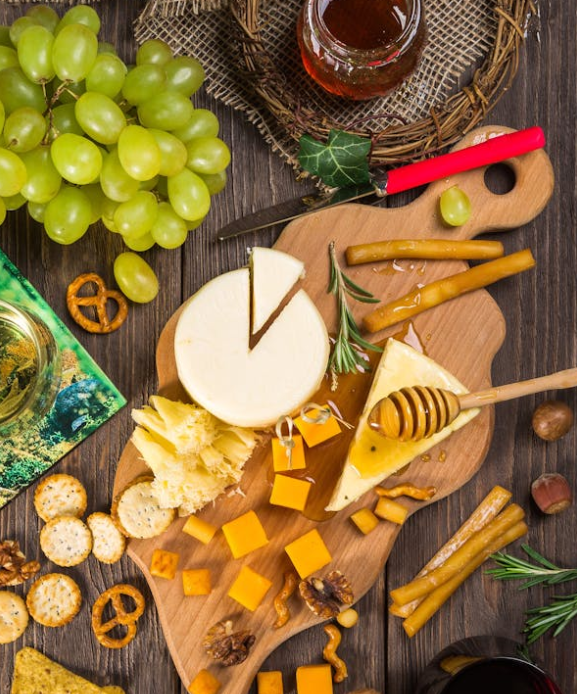Imagine a dining experience where every bite tells a story, every aroma evokes a memory, and every sound deepens the flavors on your plate. This is the magic of multi-sensory dining—an immersive journey that engages all five senses to transform an ordinary meal into an extraordinary event. But what exactly is multi-sensory dining, and why is it gaining popularity among food enthusiasts and top-tier restaurants worldwide? Let’s dive in.
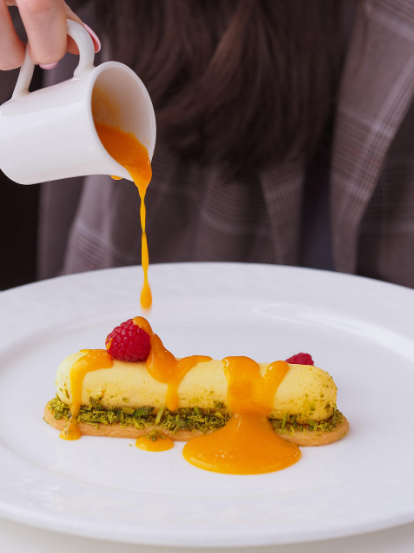
The Concept of Multi-Sensory Dining
What is Multi-Sensory Dining?
Multi-sensory dining is an approach to eating that incorporates sight, sound, taste, touch, and smell to create an unforgettable gastronomic experience. It’s more than just food; it’s about crafting an environment where each element enhances the meal in a harmonious way.
How It Transforms Traditional Eating Experiences
Traditional dining focuses primarily on taste and presentation, but multi-sensory dining adds layers of perception. Imagine eating a dish where the sound of waves enhances the freshness of seafood or where a scented mist amplifies the essence of truffles. It’s about tricking the brain into a heightened sensory experience that makes food more enjoyable and memorable.

The Five Senses in Dining
Taste: The Heart of Every Meal
Taste is the foundation of any culinary experience, but it’s also influenced by other senses. Studies show that color and aroma can alter our perception of taste, making a simple dish feel more complex and indulgent.
Sight: The Art of Plating and Presentation
Ever wondered why high-end restaurants focus so much on plating? Visual appeal affects our appetite and expectations. A dish with vibrant colors, artistic plating, and unique textures automatically tastes better because our brains anticipate an enjoyable experience.
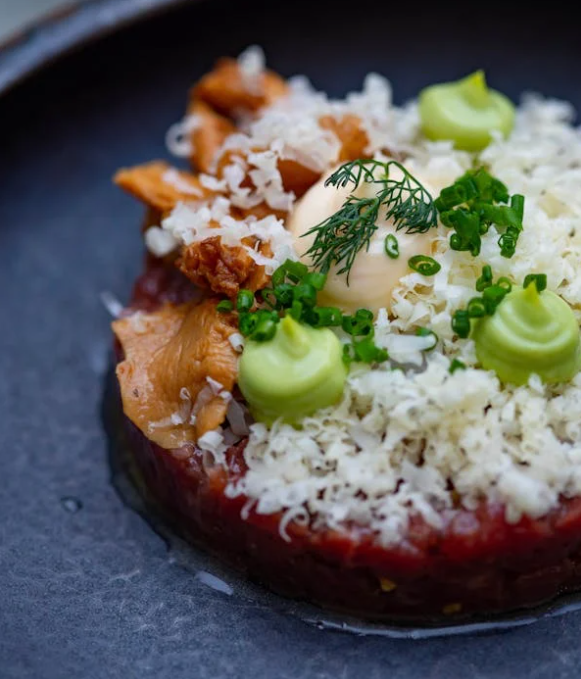
Smell: The Power of Aromas in Flavor Perception
Up to 80% of what we perceive as taste actually comes from smell. That’s why chefs often use aromatic elements like truffle oil, citrus zest, or fresh herbs to enhance the depth of a dish.
Touch: Texture and Temperature in Cuisine
The contrast of crispy and creamy, hot and cold, can elevate a dish’s enjoyment. Think of biting into a crème brûlée—the satisfying crack of the caramelized sugar against the smooth custard beneath adds an extra dimension to the experience.
Sound: The Role of Music and Ambience
Music and background sounds play a crucial role in dining. Studies suggest that classical music makes wine taste richer, while the sound of crashing waves can enhance seafood flavors. Some high-end restaurants even curate soundscapes to match the cuisine they serve.
Innovations in Multi-Sensory Dining
Molecular Gastronomy and Its Impact
Molecular gastronomy uses science to manipulate ingredients, creating unexpected textures and flavors. Foams, liquid nitrogen, edible spheres—these are all techniques that redefine how we experience food.
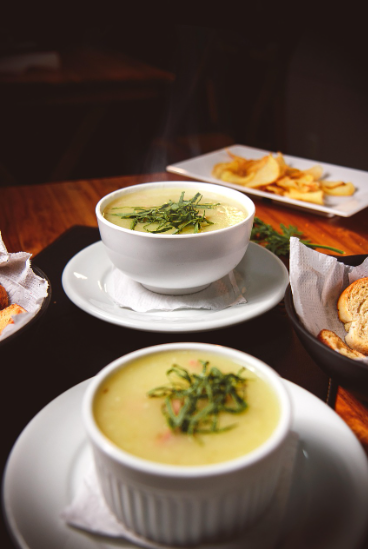
The Rise of Themed Dining Experiences
Themed restaurants transport diners into a different world. Whether it’s an Alice in Wonderland-inspired tea party or a futuristic space dining experience, these settings amplify sensory engagement and immersion.
Technology-Infused Dining: Augmented Reality and AI
Imagine a table that changes scenery with every course or an AI-generated menu tailored to your taste preferences. AR and AI are revolutionizing dining by merging digital elements with real-world flavors.
The Psychology Behind Multi-Sensory Eating
How the Brain Interprets Sensory Stimuli
Our brains create connections between senses, which is why the right combination of color, aroma, and sound can enhance the perception of flavor. This phenomenon, known as cross-modal perception, explains why blue lighting can make food taste colder or why high-pitched sounds can enhance sweetness.
Emotional and Nostalgic Triggers in Food Experiences
Food has the power to evoke memories and emotions. A familiar scent can transport us back to childhood, while a specific texture may remind us of a cherished dish. Multi-sensory dining leverages this psychological effect to craft deeply personal experiences.

Famous Restaurants Leading the Sensory Revolution
Ultraviolet by Paul Pairet – A Feast for the Senses
Located in Shanghai, Ultraviolet offers a 20-course meal where each dish is paired with immersive visuals, scents, and sounds to heighten the experience.
Sublimotion – The World’s Most Expensive Dining Experience
Situated in Ibiza, Sublimotion is a $2,000-per-person dining event where holograms, VR, and interactive storytelling transform the act of eating into a theatrical performance.
The Alchemist – A Journey Through Gastronomic Art
This Copenhagen-based restaurant combines elements of art, psychology, and molecular gastronomy, offering a 50-course meal that stimulates every sense.
Creating Your Own Sensory Soiree at Home
Tips for Enhancing Your Home Dining Experience
Use mood lighting to create ambiance.
Experiment with aromatic herbs and spices.
Play background music to complement your meal.
Focus on plating and presentation for visual appeal.
Simple Ways to Engage All Five Senses
Add texture contrasts in your dishes (crispy, smooth, chewy).
Use scented candles to enhance aromas.
Serve drinks at the ideal temperature.
Pair flavors with corresponding soundtracks (e.g., jazz with fine dining).
Multi-sensory dining is more than a trend—it’s a way to elevate meals into immersive experiences. Whether at an avant-garde restaurant or a cozy home setting, engaging all five senses can make every bite more memorable. So why settle for an ordinary meal when you can turn it into a sensory soiree?
